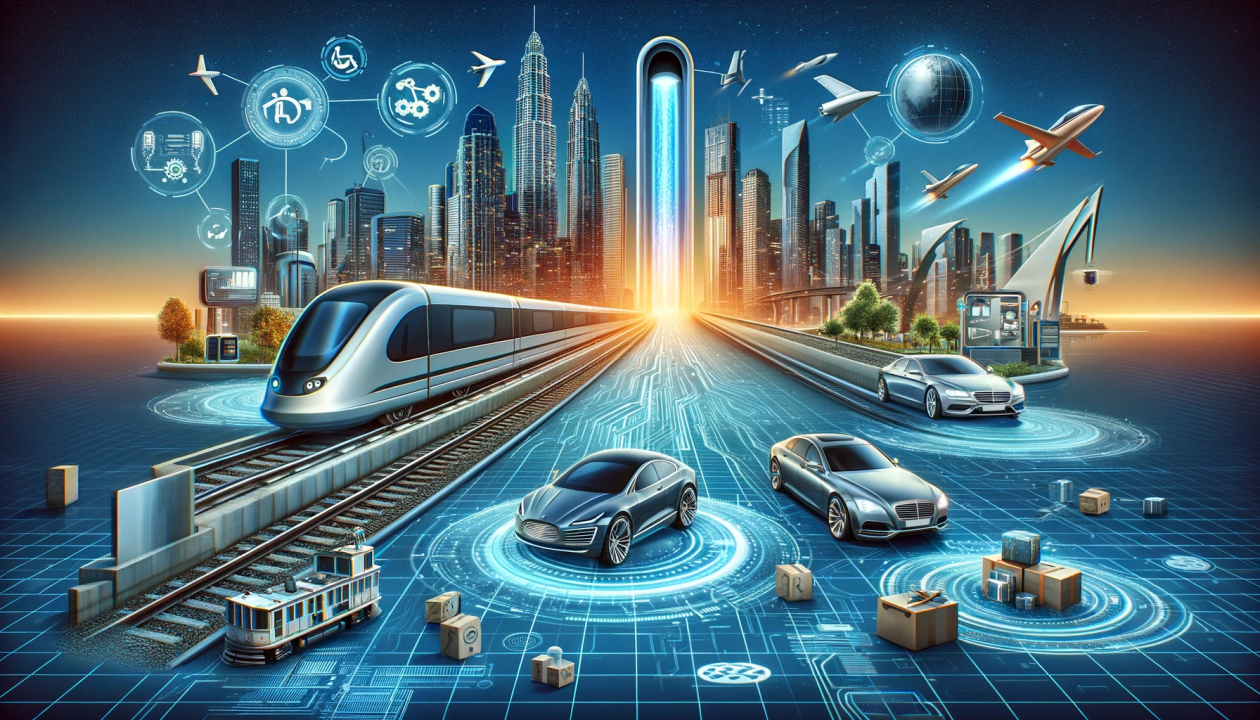In an era defined by rapid urbanization, technological innovation, and environmental concerns, the concept of mobility has taken on new significance, shaping the way we move, connect, and interact with the world around us. From the rise of ride-sharing services to the advent of autonomous vehicles, mobility encompasses a diverse array of transportation solutions that promise to revolutionize the way we travel and experience our cities. In this comprehensive article, we explore the multifaceted nature of mobility, examining its evolution, challenges, and transformative potential in shaping the future of transportation.
A Journey Through Time: The Evolution of Mobility
The concept of mobility has evolved significantly throughout history, reflecting advances in technology, changes in societal norms, and shifts in urban planning. From ancient civilizations traversing trade routes to the industrial revolution ushering in the era of railways and steam-powered locomotion, transportation has played a pivotal role in shaping human civilization and facilitating economic growth and cultural exchange.
In the 20th century, the invention of the automobile revolutionized personal mobility, granting individuals unprecedented freedom and flexibility in their daily lives. The proliferation of highways, urban sprawl, and suburbanization transformed the urban landscape, leading to a reliance on private car ownership and a corresponding increase in traffic congestion, air pollution, and carbon emissions.
However, the 21st century has witnessed a paradigm shift in how we conceive of mobility, driven by technological advancements, changing consumer preferences, and growing awareness of the environmental impacts of traditional transportation modes. The rise of digital platforms, shared mobility services, and sustainable transportation solutions has ushered in a new era of mobility characterized by connectivity, accessibility, and sustainability.
The Mobility Revolution: Navigating New Frontiers
At the forefront of the mobility revolution are innovative technologies and disruptive business models that promise to reshape the transportation landscape in profound ways. Ride-sharing platforms like Uber and Lyft have democratized access to transportation, providing convenient and affordable alternatives to traditional taxi services and private car ownership. Meanwhile, electric vehicles (EVs) and micromobility options such as electric scooters and bicycles offer emissions-free alternatives to gasoline-powered cars, reducing air pollution and greenhouse gas emissions in urban areas.
Moreover, advancements in autonomous vehicle technology hold the promise of a future where vehicles can navigate roads safely and efficiently without human intervention. Self-driving cars have the potential to revolutionize mobility for people with disabilities, elderly individuals, and those unable to drive due to age or medical conditions, providing newfound independence and access to transportation services.
Furthermore, the concept of mobility as a service (MaaS) is gaining traction as cities seek to integrate various transportation modes into seamless, interconnected networks. By leveraging digital platforms and data analytics, MaaS solutions offer users a holistic approach to mobility, allowing them to plan and pay for multi-modal trips using a single app or platform. This integration of public transit, ride-sharing, biking, and walking options promotes sustainable transportation choices and reduces reliance on single-occupancy vehicles.
Challenges and Opportunities in the Mobility Ecosystem
Despite the promise of innovation and progress, the mobility ecosystem faces a myriad of challenges that must be addressed to realize its full potential. Concerns surrounding data privacy, cybersecurity, and regulatory frameworks present obstacles to the widespread adoption of emerging technologies such as autonomous vehicles and MaaS platforms. Moreover, issues related to equity, accessibility, and social inclusion must be addressed to ensure that mobility solutions benefit all members of society, regardless of income, age, or geographic location.
Furthermore, the transition to sustainable transportation solutions requires significant investment in infrastructure, public transit, and renewable energy sources. Cities must prioritize investments in bike lanes, pedestrian infrastructure, and public transit systems to promote active transportation and reduce reliance on private cars. Additionally, governments and policymakers play a crucial role in incentivizing the adoption of electric vehicles, implementing carbon pricing mechanisms, and enacting policies that promote sustainable urban development and land use planning.
Conclusion: Navigating Towards a Sustainable Future
In conclusion, the concept of mobility represents a dynamic and evolving frontier in transportation, offering boundless opportunities for innovation, connectivity, and sustainability. From the proliferation of shared mobility services to the emergence of autonomous vehicles and mobility as a service platforms, the mobility ecosystem is undergoing a transformative shift that promises to reshape the way we move and interact with our cities.
As we navigate towards a more sustainable future, it is imperative that we embrace a holistic approach to mobility that prioritizes equity, accessibility, and environmental stewardship. By harnessing the power of technology, data, and collaboration, we can create transportation systems that are efficient, inclusive, and environmentally responsible, enabling people to move freely and sustainably in the cities of tomorrow. Together, let us embark on a journey towards a brighter, more sustainable future where mobility knows no bounds.




